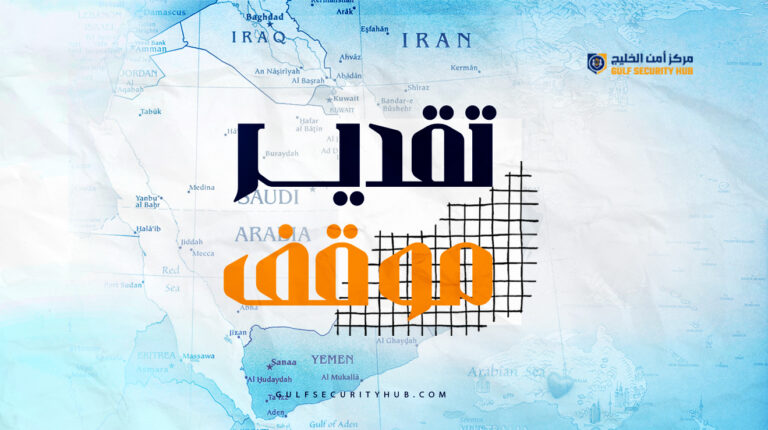By Adel Marzooq – Senior Researcher and Editor-in-Chief, Gulf Security Hub
The second round of indirect negotiations between the United States and Iran concluded recently in Rome, building on an initial round held in Muscat under Omani mediation. Oman’s role as a discreet yet credible intermediary has once again come into focus, as these talks unfold amid a volatile regional landscape and escalating tensions between Washington and Tehran.
This latest diplomatic engagement occurs against the backdrop of mutual strategic posturing. The United States is applying tactical pressure aimed at securing quick political gains, while Iran is maneuvering within the framework of what it calls “conditional flexibility”—seeking to ease the economic siege without compromising the core tenets of its nuclear program.
The two rounds of talks featured the exchange of indirect messages and a limited protocol-level meeting. Notably, both sides dispatched trusted envoys—Abbas Araghchi for Iran and Steve Weitekamp for the U.S.—signaling a cautious but genuine interest in testing the diplomatic waters.
Under the revived leadership of Donald Trump, Washington is pursuing a phased agreement that would freeze uranium enrichment and extend Iran’s “breakout time” in exchange for partial sanctions relief. Tehran, in turn, is offering access to lucrative investment opportunities exceeding $1 trillion, aiming to reframe the confrontation in terms of economic incentives—an appeal tailored to Trump’s transactional approach to diplomacy.
The prospective deal appears to be hovering between a face-saving, short-term arrangement and a potential breakdown that could trigger a limited military confrontation—especially with Israel reportedly advancing contingency planning.
Regionally, Gulf capitals have expressed measured support for the initiative, reflecting a subtle yet meaningful shift: a growing recognition that regional stability may require engaging Tehran rather than isolating it. Still, a collapse of the negotiations could reignite fears of a new arms race or broader conflict.
For now, the most likely scenario is a fragile, interim deal that buys time without resolving core tensions. It offers a diplomatic pause—rather than a breakthrough—awaiting a real test of whether either side is prepared to build something lasting.
The Middle East stands today on the edge—between the promise of diplomatic de-escalation and the threat of imminent confrontation.

